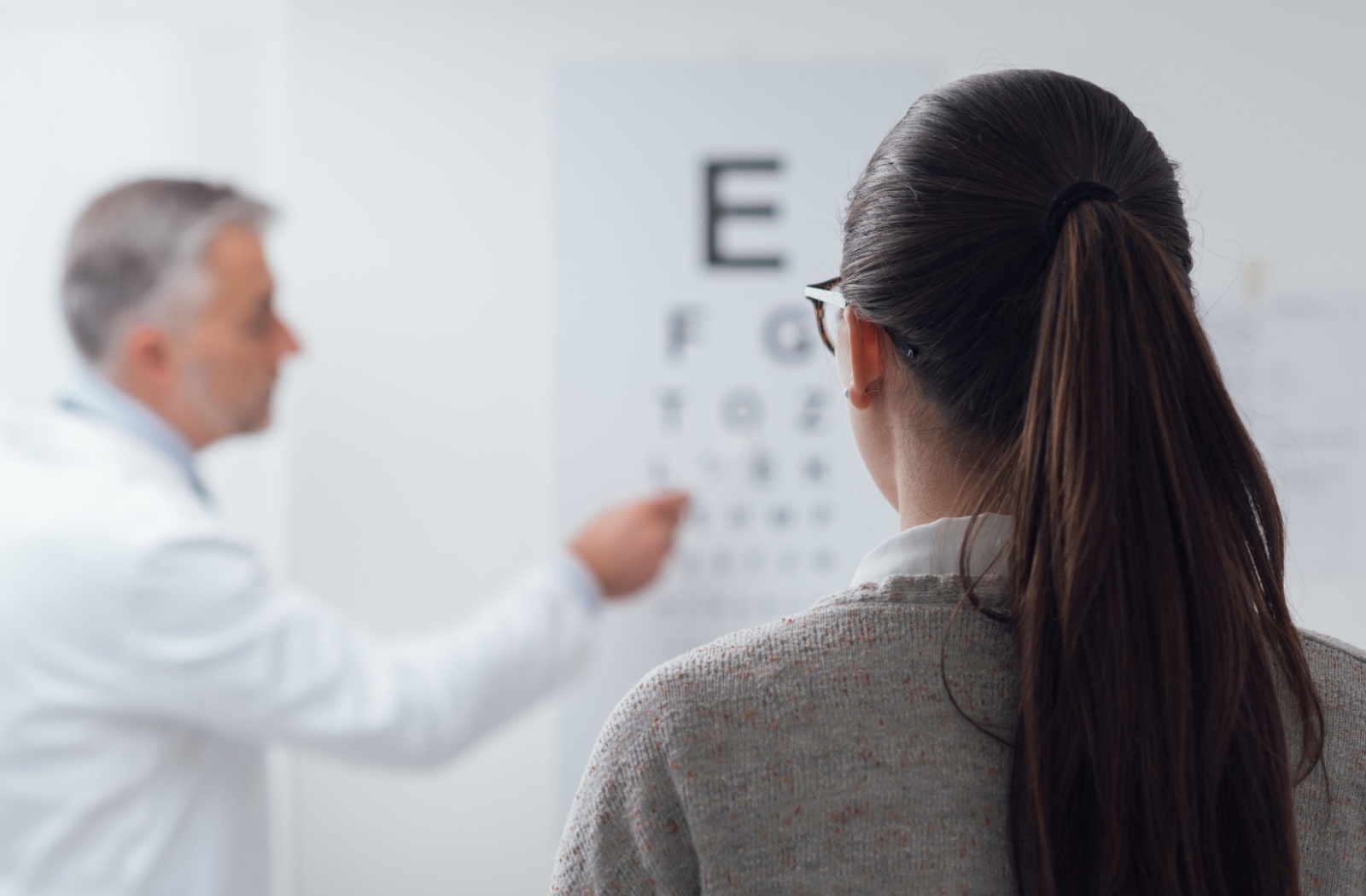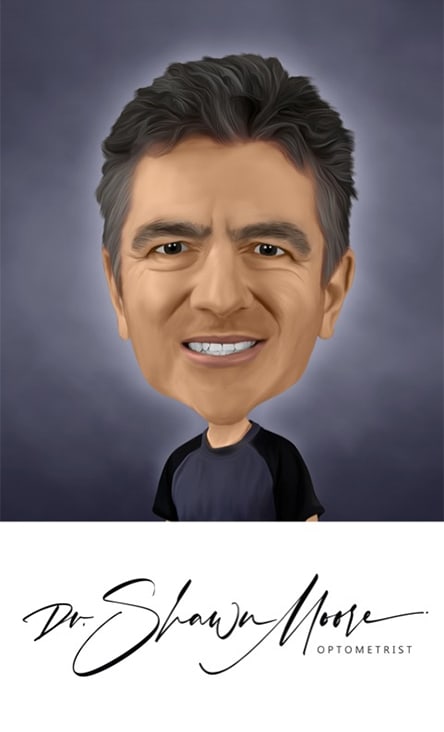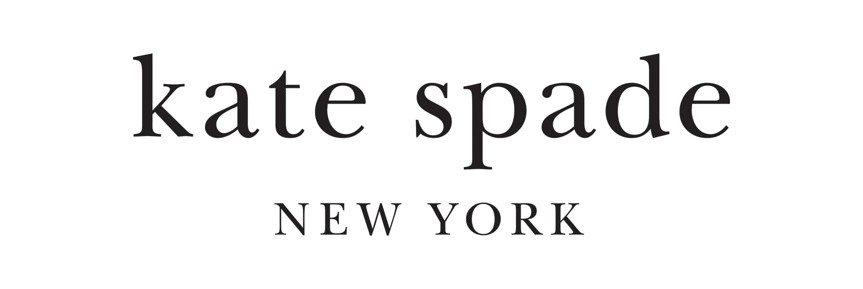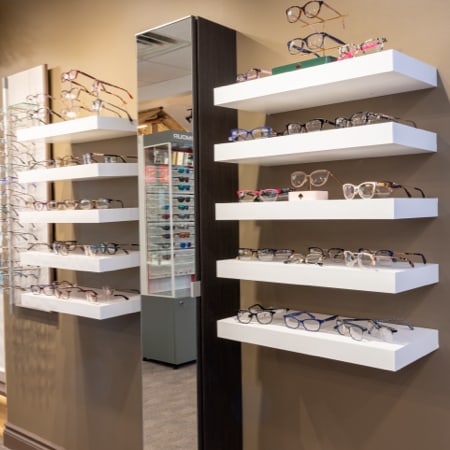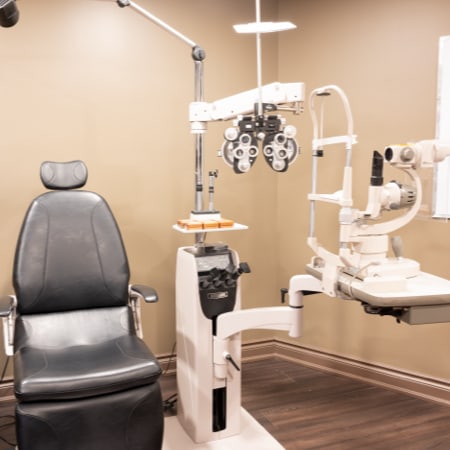Vision health plays an important role in your overall well-being, particularly for growing children. Regular eye exams are crucial for maintaining clear and comfortable eyesight.
However, vision therapy, a treatment plan of exercises that helps to improve the visual system, can also contribute to long term vision health. Unlike coverage for eye exams, OHIP (Ontario Health Insurance Plan) doesn’t cover most vision therapy,
What Is Vision Therapy?
Vision therapy is a series of exercises and activities prescribed by an optometrist or ophthalmologist to enhance the visual system’s performance. When something interferes with the development of the visual system, there is an interruption in how the eyes and the brain work together to form clear vision.
Vision therapy can help children and adults learn visual skills if they weren’t developed properly or relearn visual skills after an injury. Vision therapy exercises are typically personalized to address individual needs that can improve eye movement accuracy, focus control, and coordination of the eyes.
Did you know you need 17 vital visual skills for everyday activities such as learning, reading, writing, and playing sports? Some of these skills include:
- Focussing on an object as it moves from close to far away
- Moving both eyes together along a line, like to read this text
- Aligning both eyes to a point to an object in the distance or close
- Ability to see on either side while looking straight ahead
- Ability to tell how close or far away an object is
- Ability to distinguish different colours
- Spatial awareness of your environment
- Ability to move using your vision and not bump into things
- Integrating your vision and other senses to accomplish everyday tasks
Vision therapy can improve the condition and quality of life for patients who struggle with some aspect of this. For children, it can spell the difference between having the tools to succeed in their studies or performing at a disadvantage.
In the working population, it could be the key to unlocking productivity and job satisfaction and the ability to continue driving and participating in daily activities. Your eye doctor can create a treatment plan based on your age, vision problem, severity, how long you have had it, and the desired improvement outcome.
Vision therapy can help treat the following:
- Lazy eye (amblyopia): Is a condition in which one eye has reduced visual acuity
- Eye strain: Blurry and double vision can result from long hours of near-focused work such as reading or screen time.
- Crossed eyes (strabismus): This is a condition in which the eyes are misaligned, causing one eye to look straight ahead while the other eye turns inward, outward, upward, or downward.
- Brain injury and concussion: Can affect visual abilities such as reading, driving, writing, and balance.
- Improve athletic performance: Vision therapy can improve hand-eye coordination and visual awareness.
By pairing these exercises with specialized equipment, patients learn to efficiently control, track, and blend visual information, thereby improving their visual comfort and efficiency.
Signs You May Need Vision Therapy
If you experience changes to your vision, consult your eye doctor. Since children aren’t aware of what normal vision should be, parents can look out for the following signs or symptoms that may indicate they need vision therapy:
- Squinting
- Excessive blinking or eye rubbing
- Watery, red, itchy, or burning eyes
- Holding objects close to the eyes
- Headaches
- Blurry vision or double vision
- Turning or tilting the head
- Covering or closing one eye
- Short attention span
- Disliking near-focused work
- Skipping words, letters, or lines when reading
- Delayed learning
- Poor hand-eye coordination
- Behaviour problems or distraction
Vision signs and symptoms after a brain injury or concussion that can indicate a need for vision therapy include the following:
- Dizziness
- Headaches
- Light sensitivity
- Blurry vision
Does OHIP Cover Vision Therapy?
OHIP is the Ontario health care plan that covers some vision-related services. For instance, OHIP covers annual eye exams for children 19 and under and adults 65 and over and exams if you have various eye diseases.
OHIP doesn’t cover vision therapy. This means the cost of vision therapy is paid out-of-pocket by patients.
Adults or parents seeking vision therapy for their children can look for alternative approaches to covering the associated costs, such as their insurance providers for partial or complete coverage. Speak to your eye doctor about the cost of vision therapy and review the details of your specific coverage to understand the terms and limitations of vision therapy benefits.
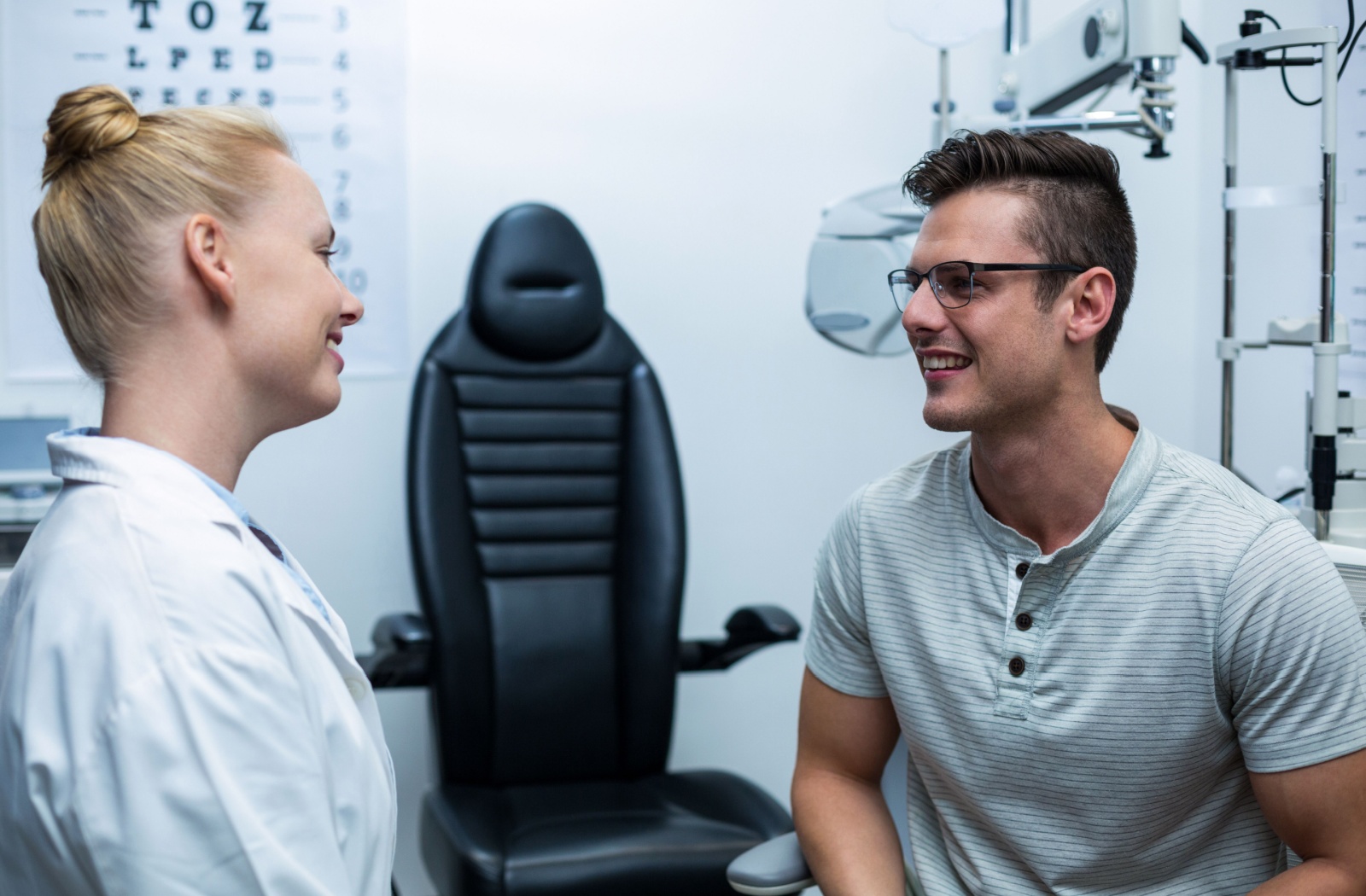
Personalized Vision Therapy
Vision therapy for adults and children is not just eye exercises but a personalized treatment plan designed by your eye doctor to help build vital visual skills needed for everyday living. While OHIP doesn’t cover vision therapy, it’s a beneficial treatment for correcting underlying vision problems and an alternative option to corrective lenses.
If you’re a parent, professional, or patient who has a vision problem or is struggling with daily tasks because of your vision, book a consultation with Orillia Optometry to explore vision therapy for clearer vision.

